May 21, 2025 | 08:31 GMT +7
May 21, 2025 | 08:31 GMT +7
Hotline: 0913.378.918
May 21, 2025 | 08:31 GMT +7
Hotline: 0913.378.918
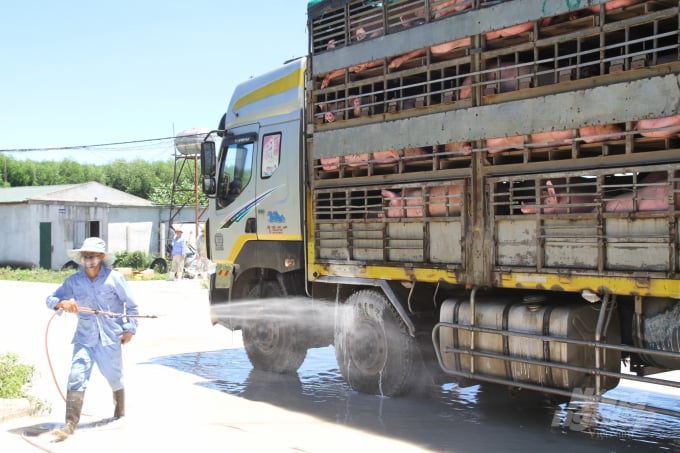
Nghe An province’s livestock industry has achieved quite comprehensive progress in recent years. Photo: Viet Khanh.
According to experts, the livestock industry in the central province of Nghe An is moving in the right direction as gradually shifting from small and scattered farming to concentrated farming.
Livestock areas are step by step moved from the plains where the population density is high, to the mountainous areas which have low population density and high available land funds. The move also helps ensure economic development and limits the risk of negative impacts on the environment.
Differences have been made when the growth rate and production value of the Nghe An livestock industry have continuously increased over the years. Last year, it reached a growth of 5.76 per cent.
The proportion of livestock in net agriculture has increased significantly with 47.94 percent reported in 2021, making livestock the main production sector in the structure of the entire agricultural sector.
The high-tech application of animal husbandry, bio-safety breeding is expanded. Many large-scale farms are formed, creating high-value-added products and goods, for example, Masan, CP Vietnam, Thanh Do Co., Ltd. and Darby CJ Genetics Company.
Translated by Hien Anh
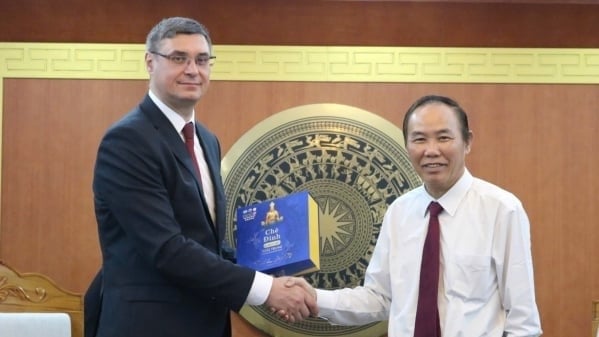
(VAN) The trade turnover of agro-forestry-fishery products is growing significantly, along with investment cooperation commitments that are opening up new development directions between Vietnam and Russia.
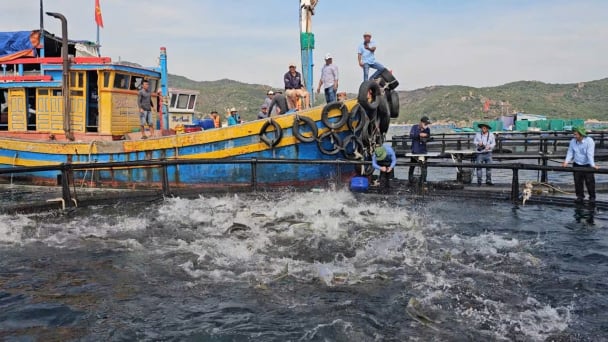
(VAN) Khanh Hoa is investing over 545 billion VND to develop 240 hectares of high-tech marine aquaculture in order to guarantee a consistent supply of seafood exports and achieve the USD 1 billion target.
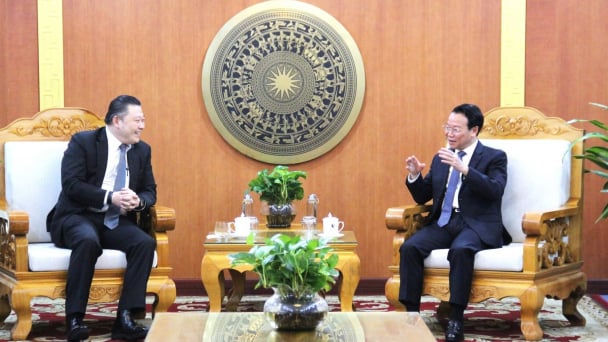
(VAN) Minister of Agriculture and Environment Do Duc Duy held a meeting with Soopakij Chearavanont, Chairman of C.P. Group, on May 15.
/2025/05/16/3800-0-nongnghiep-143756.jpg)
(VAN) Suntory PepsiCo Vietnam coordinated with the Ministry of Education and Training to implement an education program on water conservation, reaching nearly 1 million primary school students nationwide.
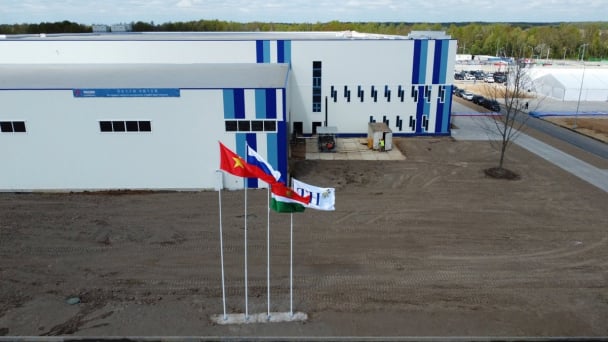
(VAN) Vietnam’s TH Group officially put its high-tech fresh milk processing plant into operation in the Russian Federation, marking a historic moment as the first TH true MILK cartons were produced in Russia.
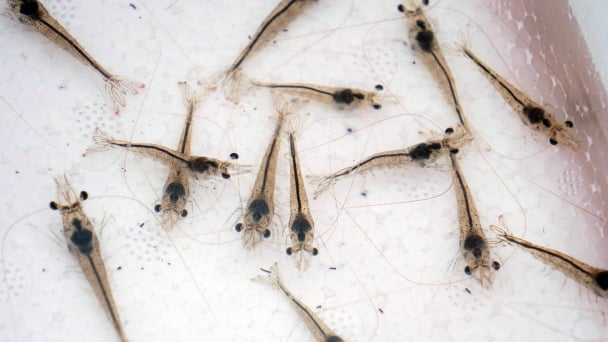
(VAN) Use of high-quality broodstock and biotechnology is regarded as the most effective approach to ensuring sustainable and economically viable shrimp aquaculture ahead of climate change and the emergence of increasingly intricate disease patterns.
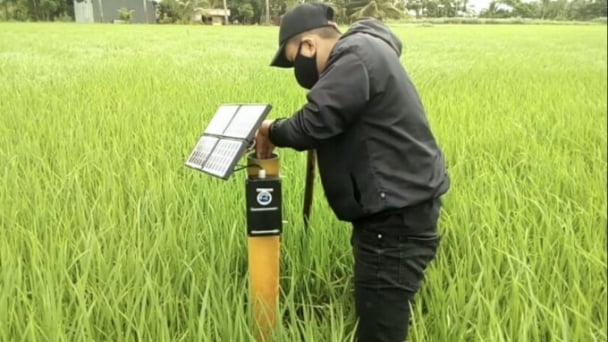
(VAN) Carbon farming is a form of agricultural practices that helps absorb more greenhouse gases than it emits, through smart management of soil, crops, and livestock.